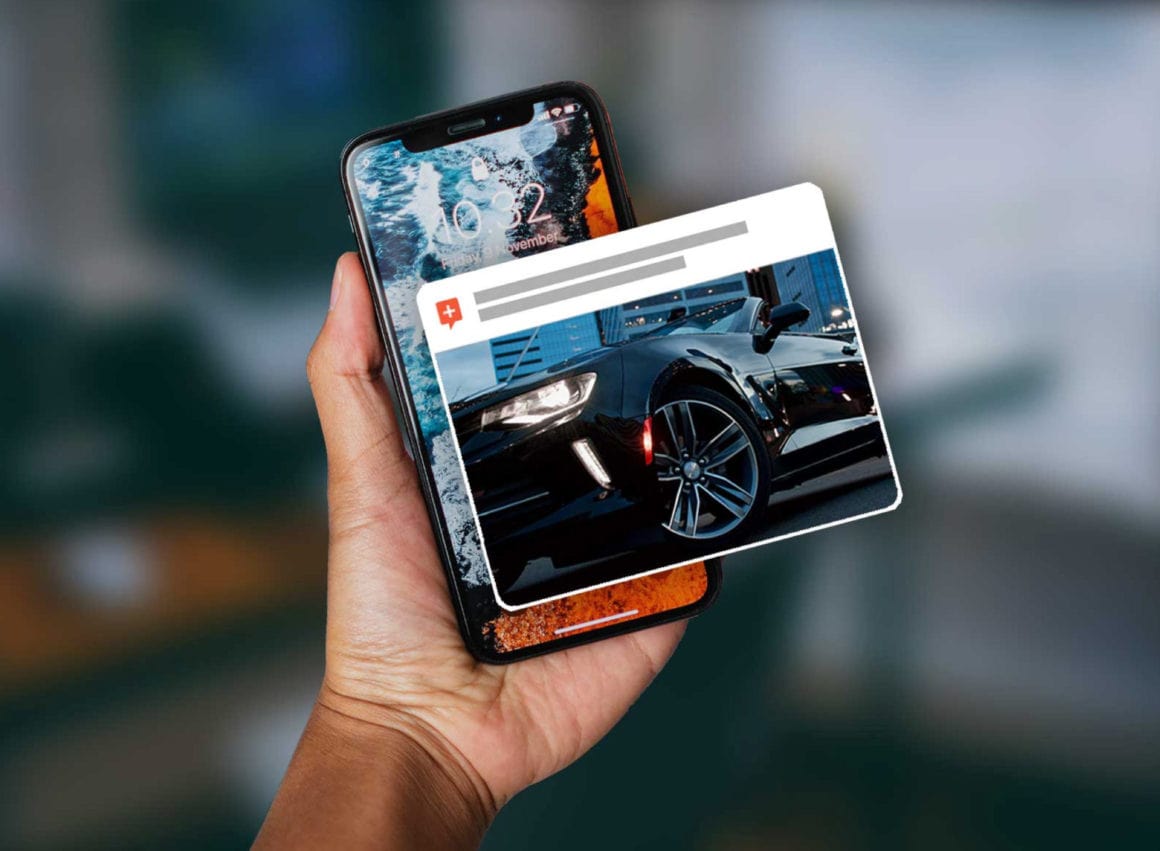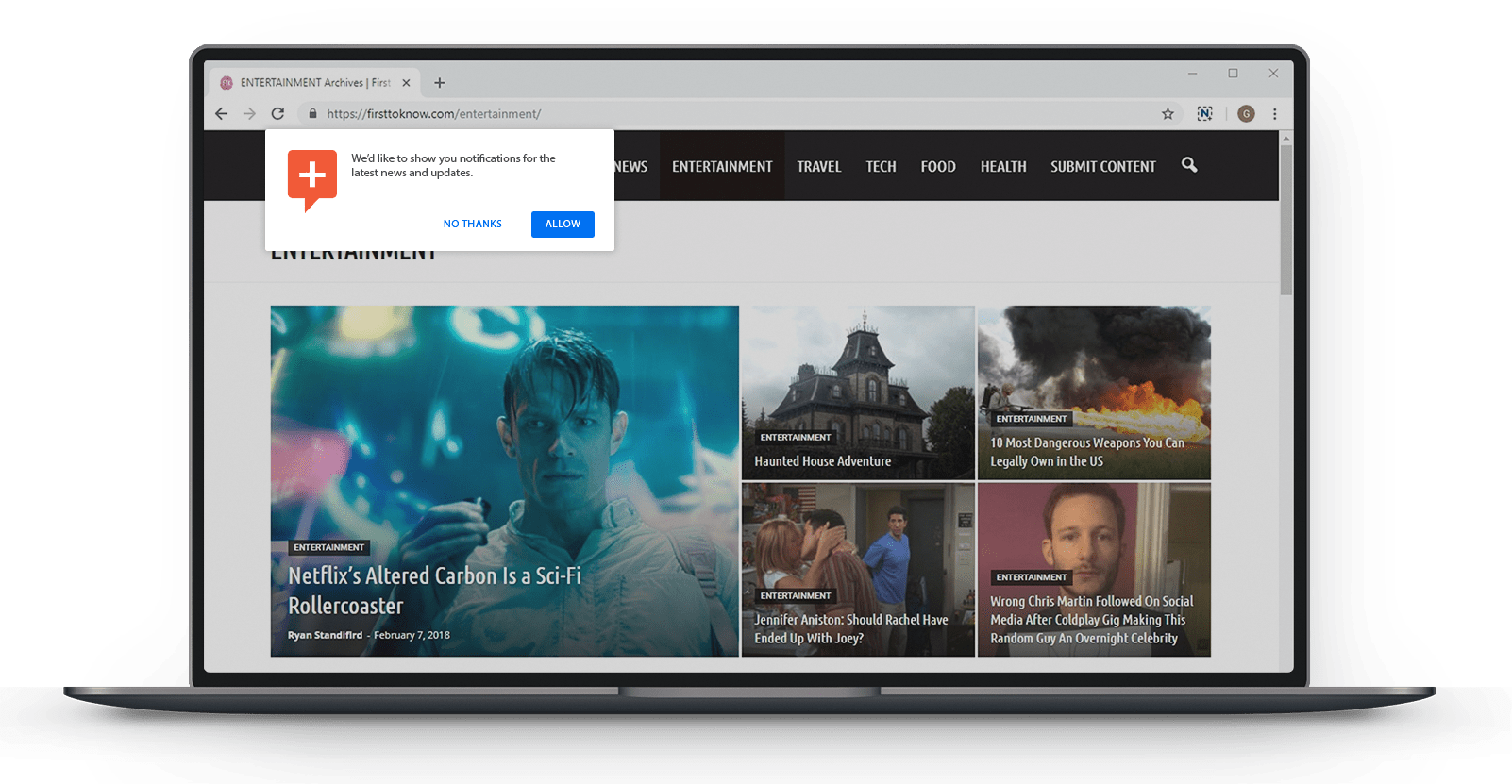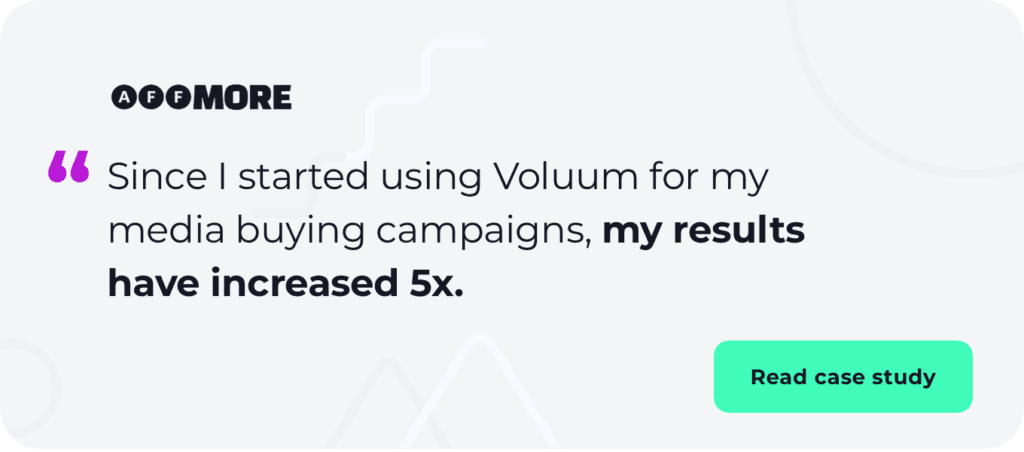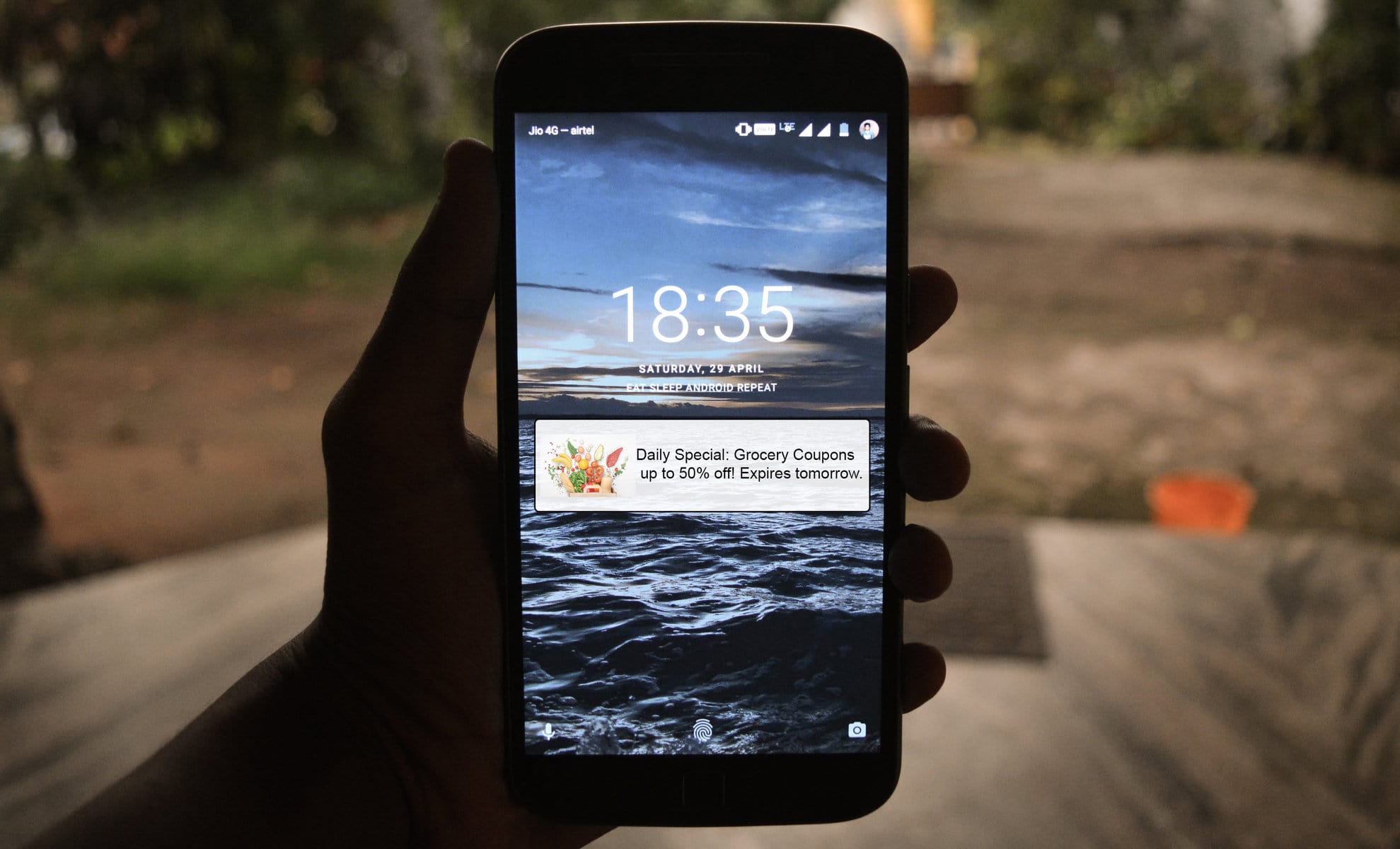Advertisers around the world are pushing their way onto phones, tablets, and desktops by using the latest in digital advertising technology: the push notifications.
Here at Content.ad, we’re on the front lines when it comes to the latest in push notification publishers and technology. We’ve been a native ad network for the last 8 years, but our main focus in the past year was the push industry.
What are Push Notifications
Push notifications are a new advertising tool that gives companies a second, third, even tenth chance at capturing conversions and expanding their audiences without potentially paying for the same user’s traffic again.
How does push notification work? it’s simple. When a user visits a website that uses push notifications, he is prompted to allow the notifications via a small window at the top of the screen.
Once he clicks “Allow”, he’s automatically opted-in to receive notifications from this website. His subscription is valid on the device he used to get a subscription.
These notifications are typically displayed as a single ad for a commercial offer or a different piece of content from the publisher. This way, the publisher can ensure that his audiences are up to date with the latest products and trends.
What kind of opportunity does it create for you, the advertiser? No more competing with other ads in a widget when building your own database of subscribers. Your ad is now fully visible and gives you a higher chance to score a conversion.
Use push notifications to push your latest articles towards your users. As they can stay in the loop, it’s easier to get them back to your site where you can monetize the traffic. To learn more about push read”Everything You Need to Know About Push Ads” article.
How to Use Push Notifications Effectively
Push notification ads are different from native ads. How? They simply don’t use clickbait headlines and shocking images to engage their audiences. What’s more, it appears that overly aggressive ad creatives fail in a push environment. They only encourage users to wipe their devices of all push notifications.
To help you create converting ads with push notifications, we’ve prepared a few hot tips for you:
- Currently, the most profitable verticals for push are: finance, nutraceuticals, lead generation, and brand-name affiliate offers. In short, the ones that can potentially bring value to a consumer. Not only a product.
- Use short, simple headlines and easy-to-see ad images. Avoid gross or sexy ad images and deceptive headlines. Unlike native widget placements, push ads are being forced onto a user’s device, so use clean ads.
- Never send the same push ad to the same user. Duplicate or repetitive ads will lower the overall value of your content and the consumer experience you are trying to provide. Try mixing non-commercial content and articles with your ads. You can also set an expiration window that will make your push content look like a recommendation rather than a demand for attention.
- Advertisers, become a publisher and throw a push notification opt-in onto your advertorials. This way, you will be able to capture your own push traffic and send push notifications. This will allow you to recycle traffic from your favorite sources without reinvesting money into purchasing an additional click from a user. Even if a user doesn’t initially convert on the product, they may be interested in a different product or a content piece.
- Push publishers – try not to push too hard. One or two pushes a day is all you need. If you push too often, your user base will dwindle via unsubscribes.
Advanced Push Technique: Opt-in Walls
If you are a publisher and you’re trying to start your own push network, how do you get people to opt-in to your push technology?
One strategy is to use an “opt-in wall”. This will prevent users from seeing your content until they opt-in to your push network.
This technique mainly works for topics that have a general interest and value to a consumer that will prompt them to bypass this block by opting into your service. Currently, the most effective pages that utilize this strategy are: news, weather, emergency services, and other necessary information that brings value for a user.
It’s important to note that this model only works if the content behind the opt-in wall follows through on the ad creatives. If you have an ad that says “Get the Latest Weather Updates” and users who click are led to your push opt-in wall for a weather site, the users who do opt in should be able to see the weather information for their area. Otherwise, they will probably not convert on any pushes you send out and will likely unsubscribe from your push notifications.
Advanced Push Technique: Bucketing
Once you find a good push traffic source and collect data from your subscribers, you can try some more advanced push techniques.
Bucketing refers to creating specific categories of users based on their interests, what ads they interact with, or even their demographic information like age, financial status, and device type etc.
There’s a variety of ways to capture user data and bucket them together to push certain products. Savvy website owners can create registration pages for their content that has a potential user fill out the information about themselves or provide information regarding their interests so that the website can provide them with better user experience. A push opt-in can be placed within a specific category on the website to justify that a user may be interested in products similar to the category topic. Even data such as how long a user has been opted in to your push notifications can be useful. You can use it to improve your ad serving and assure that the ads created for subscribers that have enjoyed your service for 1-15 days will not be re-used for subscribers that have been opted in for 15-30 days, or 30+ days.
For example, you might have a user bucket that contains male subscribers from the US, age 18-26, who have subscribed for push notifications from a gaming website. After some testing, you may find that this bucket is perfect for pushing products like game apps, electronics, and dating sites, but does not convert well with products like anti-aging creams or weight loss pills.
Bucketing allows you to consider who your audience is and determine which products will be the best for them. This way, you will be able to can gain more consistent conversions. At the same time, reduce cost and efficiently map your ROI strategy. Remember, you’ll need to run some tests to collect the data you’re looking for. Don’t be afraid and test different products against different user buckets.
How to Get Your Ads into Push Notifications
Finding a push notification network can be difficult and confusing, especially since the technology is still relatively new. Luckily, there is a digital advertising network that makes it super simple: Content.ad.
Content.ad partners with high-quality push notification networks. This way, they can provide non-push publishers with the ability to make the transition to push easily.
- Simply create an account and upload your first campaign.
- Visit the ad website and open a chat with our customer service system.
- Say something like, “What are the best push domains to target right now?”
- Add those push domains to your advertising campaign targeting.
Whether you’re looking to jump on the push train or you just want to get your ads in front of quality users, Content.ad has the tools for you. Click here to start using Push Notifications today!









One comment
Digital marketing has seen dramatic changes over the past several years, and there is a common misconception that email marketing is not as effective as it used to be.